Mekdes Nebro remembers the moment silence crept into her life. Raised in Merhabete, a hill town in North Shewa of the Amhara Regional State, she imagined university as a bright step forward, crowded lecture rooms, busy cafes, and the chatter of ambition. By the time she reached Addis Abeba University (AAU) to study journalism, a nerve illness had destroyed all hearing in her left ear and much of it in her right.
Conversations became half-heard murmurs, lecturers’ jokes slipped by, and her confidence shrank. She tried to lip-read and kept her worry hidden.
“I wanted to appear healthy so my peers would not know,” she said. “It hurt me greatly.”
Strangers, impatient, would snap, “Are you deaf?” in the corridor. Mekdes believed the campus would bring help. It did not.
A part-time interpreter appeared on the timetable, but the support was unreliable.
“Even when the interpreter is present,” she said, “what is interpreted and what the teacher says do not always match.”
Important points vanished between the speaker and the sign. Marks fell.
“I studied as hard as any other student,” she recalled. “I know I could do better with the right support.”
Her struggle sits inside a wider and largely hidden picture. The World Health Organisation (WHO) estimates that 17.6pc of Ethiopians have a disability, though planners use 10pc to set budgets. Yet, disabled students account for only 0.1pc to 0.2pc of university enrolments, according to a 2015 study by Saint Mary University, about one student in every thousand.
Where Mekdes lives in partial silence, Zaibanos Assefa moves through darkness. She lost her sight at six, grew up in Meanz, in Northern Shoa of the Amhara Regional State, and arrived at AAU with the same hopes. She found no Braille books and no materials for writing in Braille. During exams, she relies on a volunteer reader-writer.
“We often have to beg fellow students for help,” she said.
Some lecturers ban recordings, worrying their material will be misused. Others set charts and diagrams that visually challenged candidates cannot see or skip.
“It’s frustrating,” she said. “You seek help as a disabled woman and face more barriers.”
Abayneh Gujo, head of the Federation of Ethiopian Associations of Persons with Disabilities is blunt. He sees a country that is not easily livable for people with disabilities. The Federation wants a ministry or commission to enforce access and to make Ethiopian Sign Language an official working tongue. Without strong oversight, Abayneh argues, universities can delay or dilute commitments at will.
On paper, protections sound generous. Ethiopia has ratified the United Nations Convention on the Rights of Persons with Disabilities, thereby making it domestic law. The Constitution guarantees equal access to social services and instructs the state to support citizens with disabilities. A higher-education law from 2009 directs universities to keep campuses “accessible and friendly to physically challenged students” and to provide tutorial support, extra exam time and assistive technology.
But good law is not the same as good practice, and lecture halls often tell a harsher story. Few dispute the scale of the challenge. Fewer still doubt that Ethiopia’s future depends on the talents now being sidelined.
Alemayehu Teklemariam (Prof.), heading AAU’s Center for Special Needs Support, accepts the criticism.
“These concerns are valid,” he said.
AAU lists 110 disabled students today, 36 of them hearing impaired; over the past 21 years, thousands have graduated, and the University itself has later hired some. Yet, only two full-time sign-language interpreters serve them.
“We’re working to train interpreters with academic backgrounds in relevant fields,” Alemayehu said.
He observed that outsiders who step in at short notice often struggle with the technical vocabulary used in science, health and law classes.
For students who are visually challenged, the University has pledged to buy and distribute Braille texts from its budget, install screen-reading software and run basic computer classes. However, purchasing, shipping, and licensing can take months. Delivery delays, Alemayehu conceded, remain a concern.
Money squeezes progress elsewhere. According to Ketema Bayilegh, who runs inclusive-education projects at the Ethiopian National Association of the Blind, a sheet of Braille paper now costs 11 Br even though the item is duty-free at customs. Transport and storage double the price, and the Association cannot subsidise supplies for every student who needs them.
The Ministry of Women & Social Affairs, which oversees disability policy, pledged that help is coming. Legislation is being drafted to guarantee inclusive schooling, employment, and public services. Sisay Tilahun, a senior official at the Ministry, confirmed that the government has “accepted the request” to promote sign language, and is “working closely with universities” on complaints. Dates and funding, however, are still to be announced.
Advocates fear promises will drift unless culture shifts. Fitsum Gebremichael, a lecturer in education planning, calls for urgency.
“It isn’t too much to ask,” he said. “Teachers claim it adds pressure. But we must ask: is education not meant to serve all?”
He believes training, tools, and strict monitoring should follow.
“This isn’t about privilege,” he said. “It’s about rights.”
Zaibanos embodies the gap between rhetoric and reality. She expected to graduate this year, but illness and two failed courses — both with grades of F — blocked her from taking the exit exam. Special resits, once offered to disabled students, have gone. The rules now treat everyone the same.
“Affirmative action applies to opportunity, not knowledge,” Alemayehu said.
Zaibanos plans to return next year, although she will have to pay for her food and lodging.
“It’s sad to seek help as a disabled woman and still face further challenges,” she said.
Her determination echoes Mekdes’s own. Last semester, Mekdes sat in the front row of a large lecture theatre and watched the interpreter’s signs drift out of sync with the lecturer’s voice. After class, she spent two hours copying notes from friends. She wondered how many possibilities had slipped away in those lost minutes, internships not applied for, discussions not joined, ideas half understood.
Even simple obstacles can hurt. Many buildings lack ramps; lifts fail or are never installed; corridor lights flicker; and printed handouts arrive at the last minute, giving blind and partially sighted students no time to run them through text-to-speech software. None of these shortcomings is costly on its own, advocates say, but together they erode learning day after day.
University managers blame stretched budgets, dated infrastructure and the rising price of imported equipment. Translators, Braille embossers and adaptive software cost more than a cash-strapped sector can easily spare, they argue, and donor funding has shifted to other priorities.
“We need the state to ring-fence funds,” one senior administrator, who asked not to be named, said. “Otherwise, each institution is left to improvise.”
For Mekdes and Zaibanos, the debate over budgets matters less than the small, daily details: a clear copy of an exam paper, lecture slides emailed in advance, corridors without sudden steps, a lab technician who knows how to guide a blind student past acid and flame. They say none of it would bankrupt a university; it would require will.
After class one afternoon, Mekdes stood while friends discussed a documentary screening. She caught fragments, smiled and pretended she had heard it all. Silence, she has learned, is more than the absence of sound; it is the space between a right promised and a right delivered. In that space, the disabled students still wait to be heard.





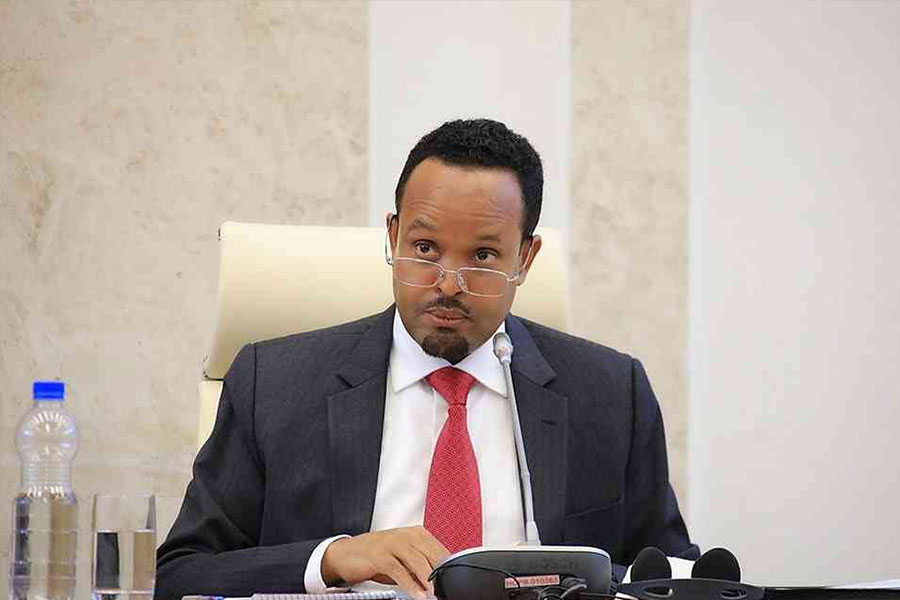
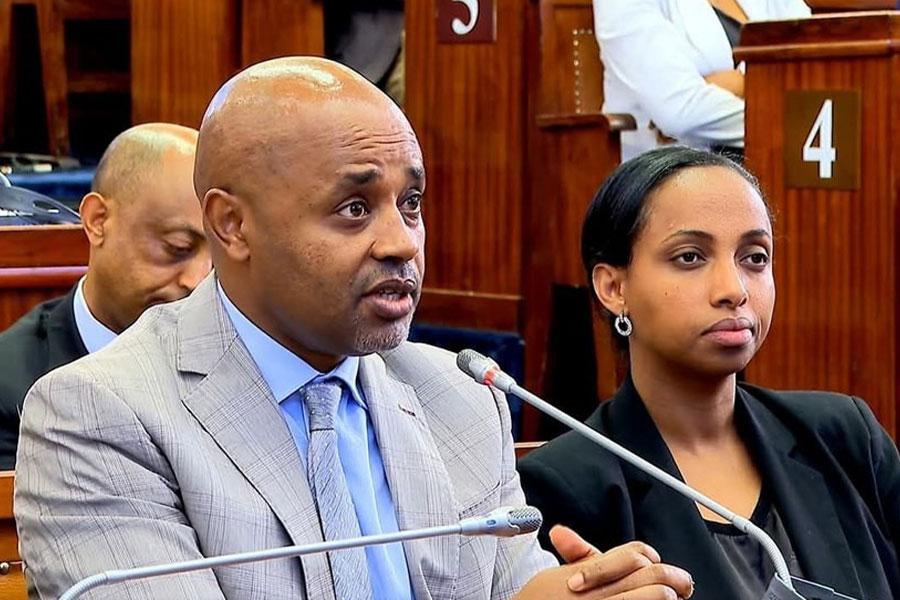

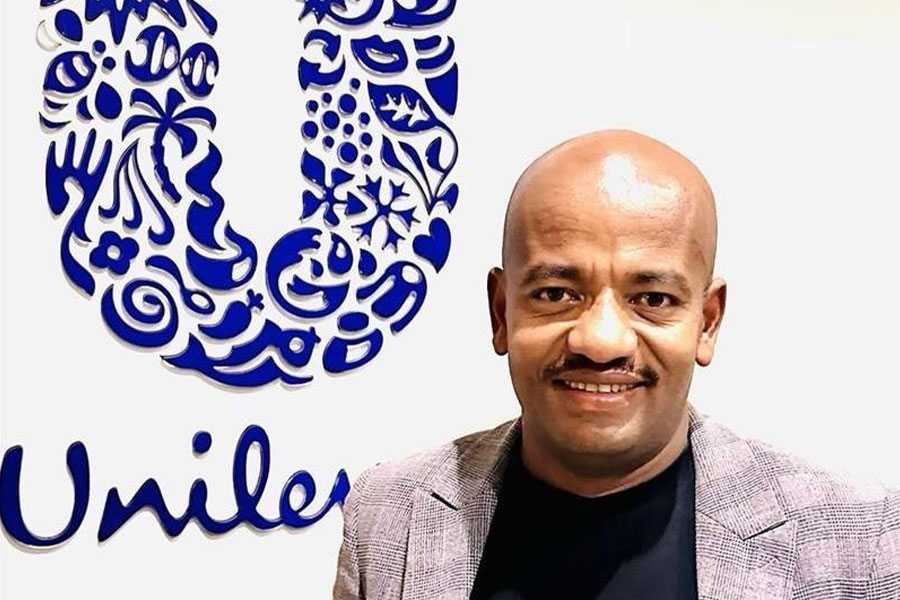
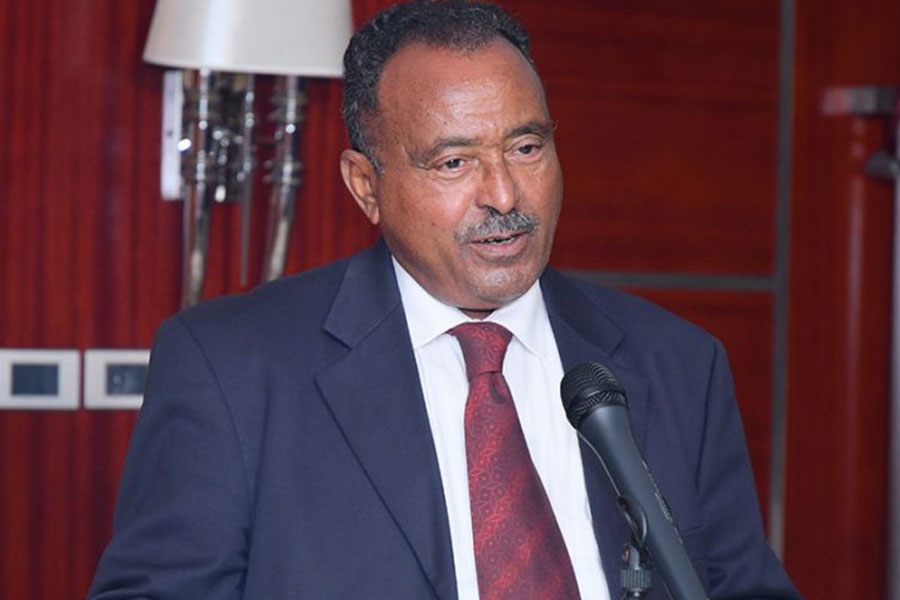
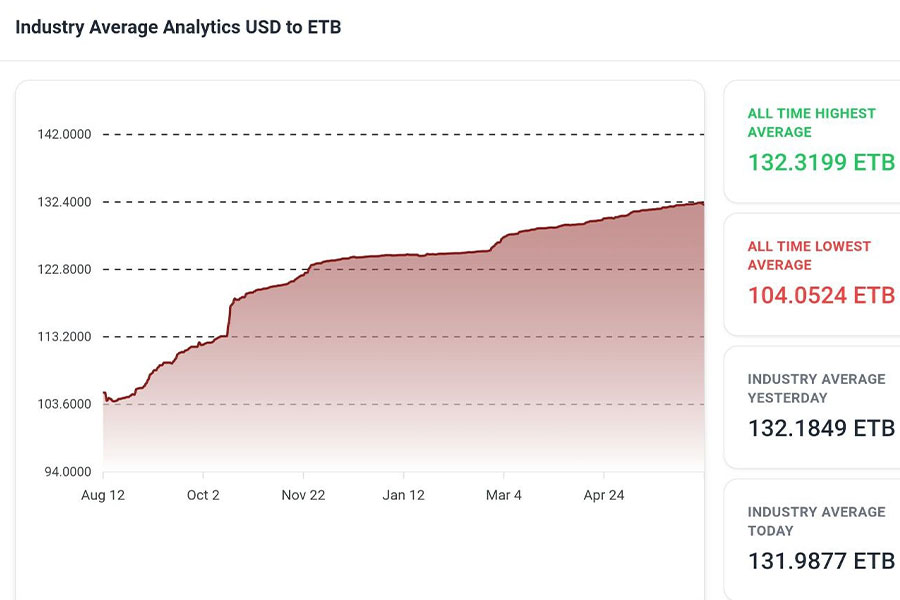

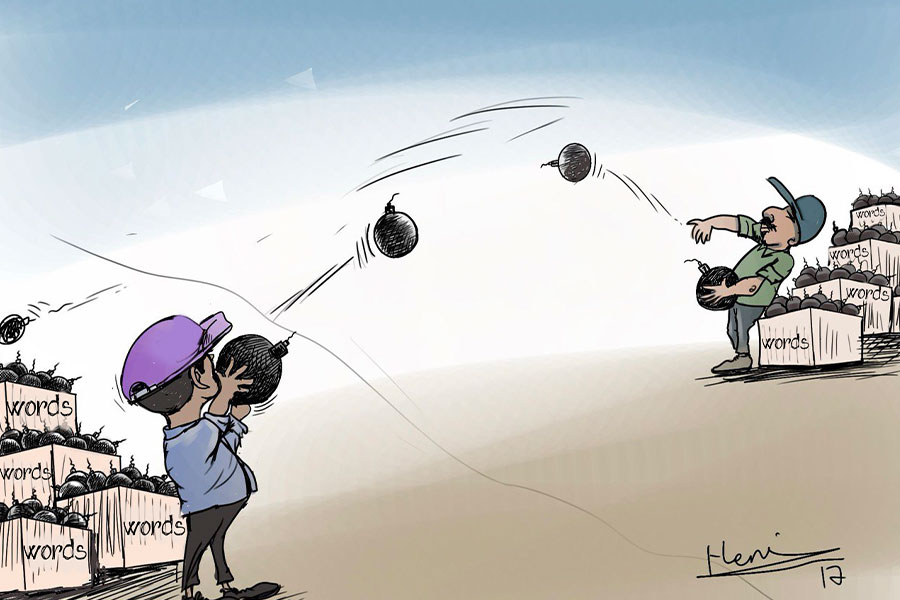

 Loading your updates...
Loading your updates...